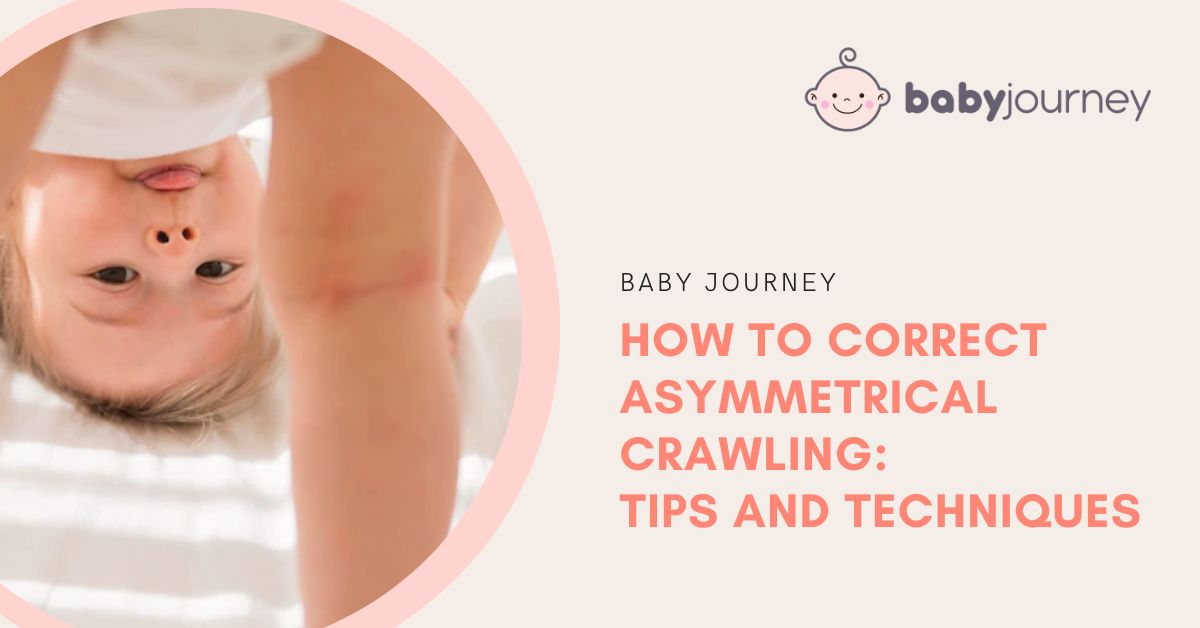
Two new studies published by The BMJ today examine the potential health risks for infants of giving steroid drugs to women who are at risk of giving birth early.
Taken together, the results highlight the need for doctors to be aware of the potential risks and to exercise caution when considering antenatal steroid treatment.
Babies born early (preterm) carry a greater risk of death and serious complications such as breathing difficulties, bleeding into the brain, and infection than babies born at term. These problems tend to be more severe the earlier the baby is born.
Corticosteroids are known to help increase the chance of a baby born early surviving and having fewer health problems. Ideally, they should be given before 34 weeks of pregnancy and within approximately one week of birth. But their effects on later childhood health are less well understood, particularly when administration is “mistimed” and infants are born at term.
Two studies set out to fill this knowledge gap.
The first is based on data from the National Health Insurance Research Database (NHIRD) in Taiwan for nearly 2 million children born between 2008 and 2019. It shows that exposure to antenatal corticosteroids compared with no exposure is associated with an increased risk of serious infection, including sepsis and pneumonia, during the first 12 months of life.
Further analyses suggest the increase in risk of serious childhood infection is greater for infants born at term than for those born preterm.
The authors acknowledge that these are observational findings so no firm conclusions can be drawn about cause and effect, and that further investigation is needed to replicate the findings in other populations.
However, they say: “Clinicians need to be aware of the increased risk of rare but serious infection among children exposed to antenatal corticosteroids.”
The second study, based on data from seven randomized controlled trials and 10 population studies involving 1.6 million infants born since 2000, shows that around 40% of infants treated with antenatal corticosteroids are born at term.
For these children, exposure to antenatal corticosteroids was associated with an increased risk of short and long term health issues, such as admission to neonatal intensive care, breathing problems, and reduced growth.
Again, the researchers recognise that drawing firm conclusions about the impact of antenatal corticosteroids on later health is difficult as findings were mainly from observational studies, with low or very low certainty evidence, and more follow-up of randomized studies is important.
Nevertheless, they say caution might be warranted when using antenatal corticosteroids. And they call for better prediction tools for preterm birth and enhanced criteria for the administration of antenatal corticosteroids, along with a less liberal approach to the use of antenatal corticosteroids.
Despite the limitations of these papers, some tentative conclusions can still be drawn that may influence clinical practice, say specialist neonatal doctors in a linked editorial.
For example, they say reducing the frequency of mistimed antenatal corticosteroid administration should remain a focus for all health professionals working in this area, and emphasize the need for further high quality data investigating longer term outcomes in children who were exposed to mistimed antenatal corticosteroids.
They also point out their professional duty to fully counsel parents about the benefits as well as potential harms of any proposed treatment that could affect their offspring.
Finally, they say these studies “highlight the challenge of preventive treatments in fetal and neonatal medicine and should remind clinicians and parents that there is no such thing as a risk-free drug.”

 PARENTING TIPS
PARENTING TIPS PREGNANCY
PREGNANCY BABY CARE
BABY CARE TODDLERS
TODDLERS TEENS
TEENS HEALTH CARE
HEALTH CARE ACTIVITIES & CRAFTS
ACTIVITIES & CRAFTS

